10 must-do's for your enchanting China travel adventure in 2024/25
This article contains affiliate links. ACM may be provided with compensation from affiliate partners if you click through.

By Emma Brown
As a destination, China wasn't initially on my travel wish list.
But when circumstances bought me to live in Shenzhen in the early 90s I had an unexpected opportunity to travel around this land of contrast, to absorb its compelling history, learn about its rich culture and discover its unique cuisine.
I can only describe some of the experiences of this year spent in China as the most remarkable of my life.
From riding a bicycle through Hutongs - traditional ancient living quarters in Beijing - to island hopping around Hong Kong by ferry or motorised Chinese junk, the memories are indelibly printed in my mind.
China is like nowhere else on Earth and worthy of a place on everyone's travel bucket list.
Whatever your interests and passions, China has something for you. A country of variety and contradictions, whether you are looking for ancient China, colonial China, modern China, the beauty of natural China, or a special combination of everything, you can find it here.
Your trip to this unique, always intriguing country can be put in the hands of an experienced tour planner who will ensure you don't miss out on any must see or hard to organise destinations.
In the meantime here are 10 extraordinary places to visit in China, some I have been fortunate to experience first hand.
Ancient miracles
Great Wall - Beijing
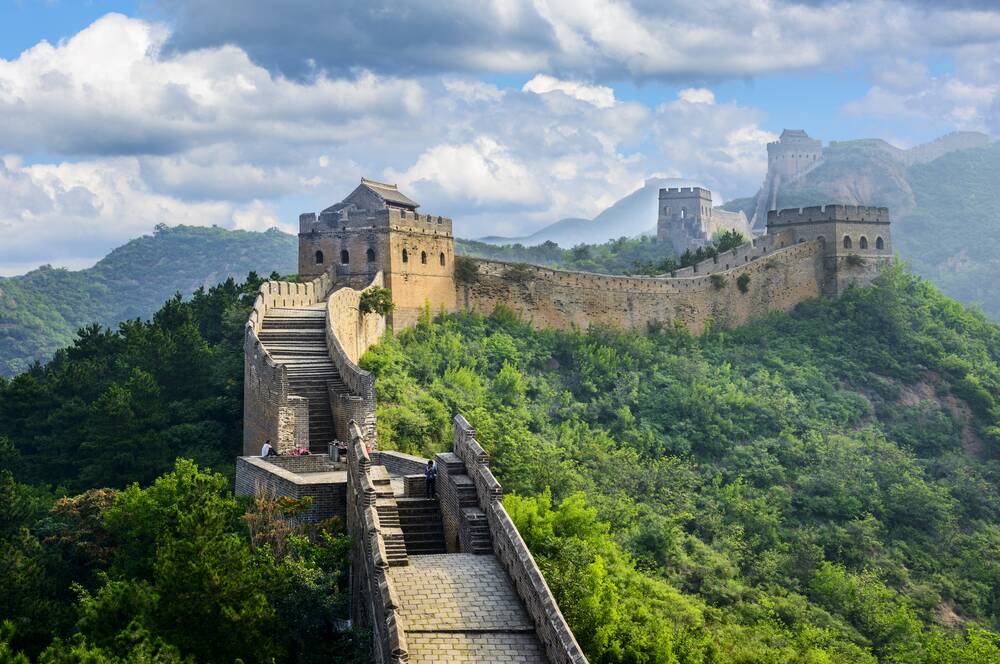
Arguably, the most awe-inspiring thing to do in China is to hike on the Great Wall, and while it a strenuous exercise, it is also an incredible once-in-a-lifetime experience.
My memories of climbing the Great Wall are it was straight up and arduous, and once on it I was surprised at the hill like undulations along it - there was no rest at the top.
After a step incline and many steps, we entered one of the many watch towers. In the tower, there was a employee dressed in traditional warrior/guard clothing which added, like the surreal scenery, to the sense of drama of the whole experience.
With the hilly terrain and enormity of this colossal fortification, it's existence is nothing short of astonishing .
Over the 2000 years it took to construct, it is estimated that between 400,000 to 500,000 people may have been killed with many of them interred within the walls.
This rather macabre fact aside the Great Wall is one of the Seven Wonders of the World and makes for the perfect day trip from Beijing.
Forbidden City - Imperial Palace - Beijing
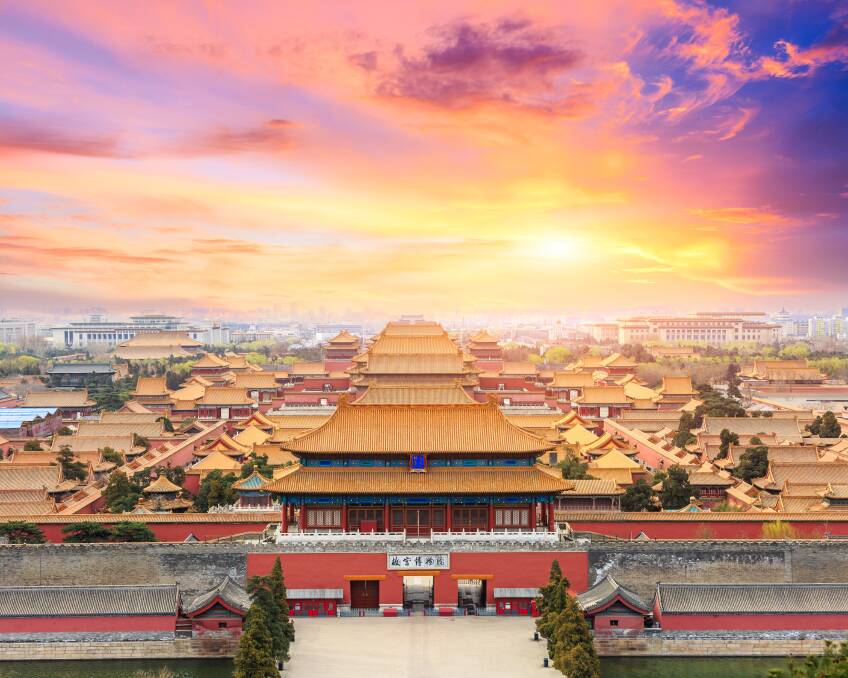
Get your most comfortable walking shoes on for a day at the Forbidden City - this place is seriously huge.
With more than 90 neighborhoods, 980 buildings, and more than 8728 spaces, you'll easily get your 10,000 steps in.
Constructed from 1406 to 1420, it is one of the most well preserved and largest wooden imperial structures in the world offering a real glimpse into China's rich cultural heritage and court life.
The Forbidden City, named such as it was off limits to most of the common folk of the realm, actually sits in the imperial palace complex in the centre of Beijing.
Luckily it is no longer forbidden and has been open to the public since 1925 when the last emperor of China moved out.
Tiananmen Square
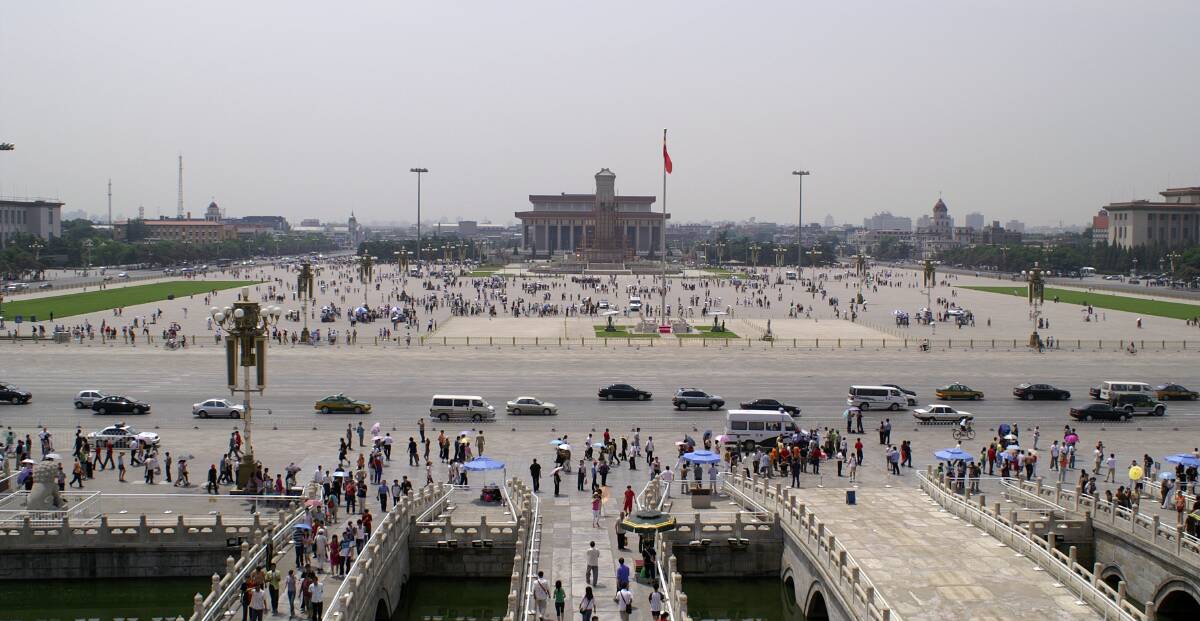
One of my most vivid recollections of Tiananmen Square is going to the Mausoleum of Mao Zedong and seeing the revered man lying in state.
He was brightly illuminated and although the viewing time was quick, the line does not stop, it has stayed with me for 30 years.
Across Chang'an Avenue from the Forbidden City, along with Chairman Mao it is home to Monument to the People's Heroes, the Great Hall of the People and the National Museum of China, all worth a look.
More of a rectangle to be precise, Tiananmen Square is big - 800m by 500m.
It is so large it can accommodate 1 million people but hopefully there won't be anywhere near that number there when you visit.
Food note on Beijing: When in Peking, make sure you try the Peking Duck - deliciously roasted fowl encased in delicate pancakes with spring onion and hoisin sauce - simple perfection!
The Museum of Qin Terracotta Warriors and horses - Xi'an
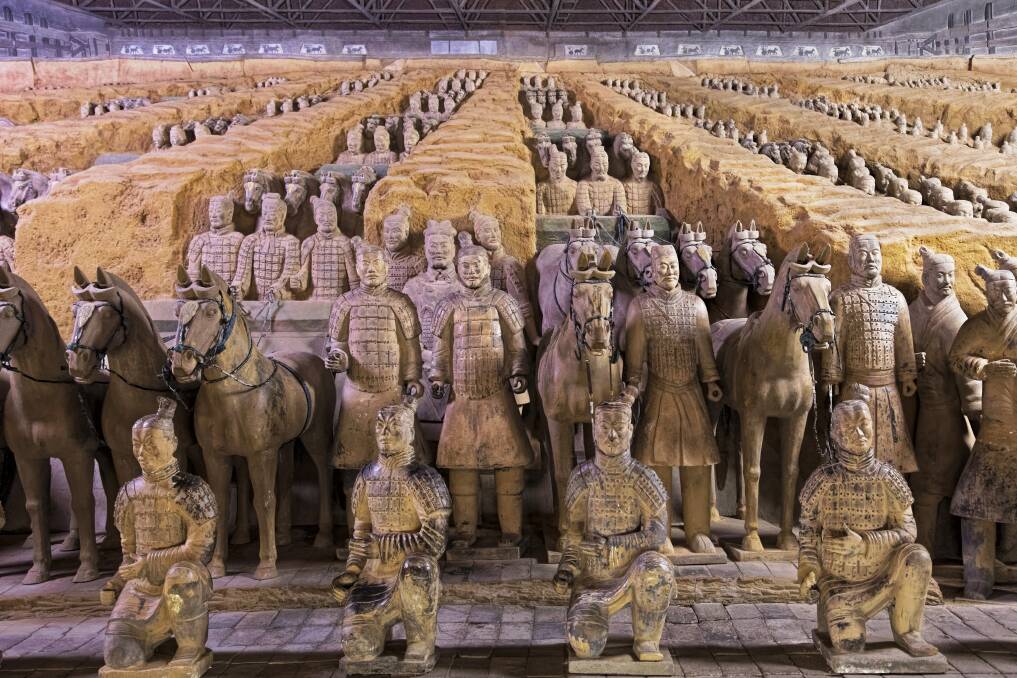
Imagine being a farmer going about your business, digging a little well on your property and then a couple of fragments of pottery later you have the most significant archeological find of the 20th century on your hands.
Discovered in 1974 by farmer Yang Zhifa, it is thought as many as 8000 warriors are entombed in the Xi'an Museum of Qin Terracotta Warriors site, complete with chariots, animals, entertainers and other clay rendered articles for a comfortable afterlife.
The warriors are guarding the burial site of China's first emperor Qin Shi Huang Di and the oldest of them date back to 209BC.
Another thing that blows my mind about these clay fighters is they are taller than the average modern human coming in at between 1.8 to 1.9 metres high on average, while the tallest is about 2 metres - staggering!
Be amazed at the sheer scale of the project and audacity of the ancient people who created this immense treasure trove of artifacts.
I never did go and see the Terracotta Warriors which I regret. So put it on your to go list now.
Traditional China
Yu Gardens - Shanghai
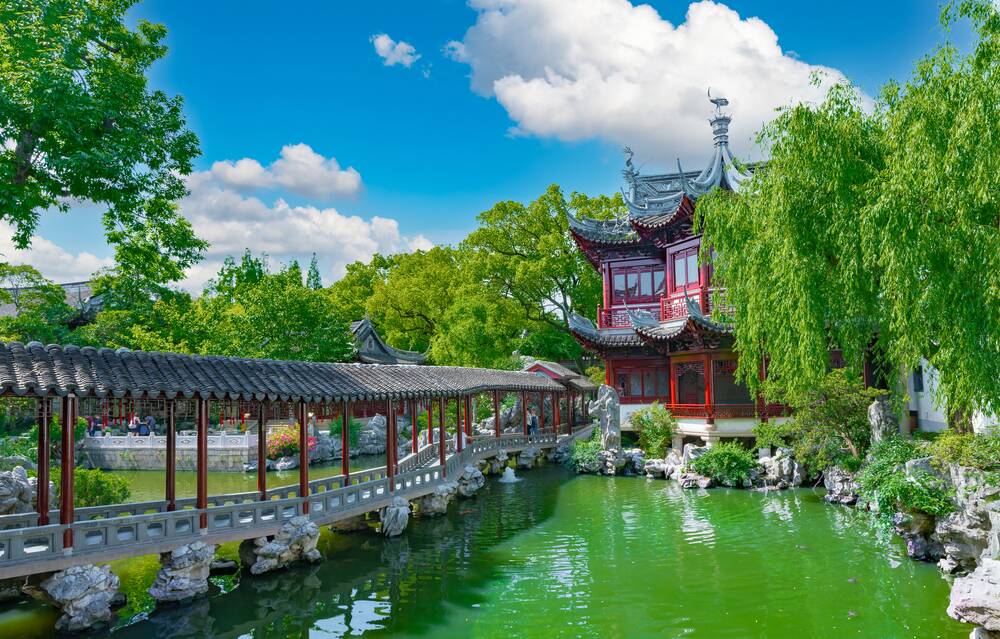
When you think of a quintessential Chinese garden the image to come to mind will probably look a lot like the Yu Garden.
In the shadow of the Shanghai Tower, the garden exists as it has since it was created in the 15th century.
In the classical style of Chinese gardens, it is full of lush greenery, flowers, tranquil ponds, bridges, rockeries and walkways, surrounded by intricately carved period pagodas, teahouses and traditional shops.
Underwater the ponds are swarming with orange, black, gold and white koi that bunch together in a ravenous pack when food is thrown in.
Leave the fast pace of modern Shanghai behind and spend an hour or two in this calming urban oasis.
Summer Palace - Beijing
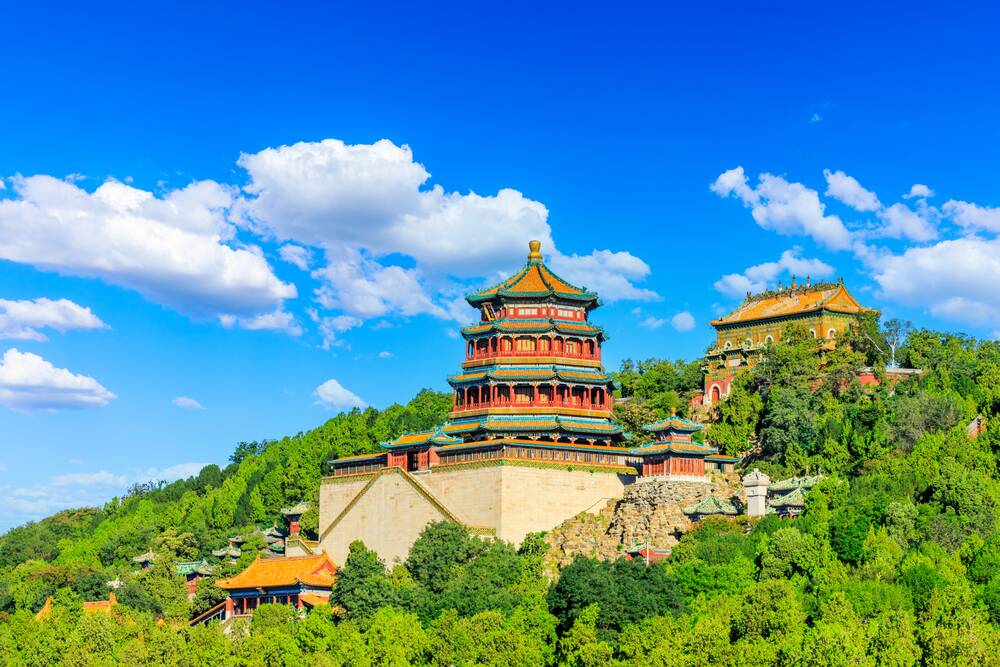
Just over 20km from Beijing is the Summer Palace, the place where the emperors, their families and court hung out for the summer holidays to escape the oppressive city heat.
As it was for the ruling classes, the palace is indeed an calming destination for the weary traveller as well.
Set in hilly woodland, around three lakes, the palace harmoniously combines water, land and buildings to relaxing effect designed as it is according to the principles of fengshui.
Much of the grounds of the palace are made up of water while the rest is classic traditional Chinese landscaping and intricate pavillions, halls, palaces, temples and bridges.
Colonial ties
The Bund - Shanghai
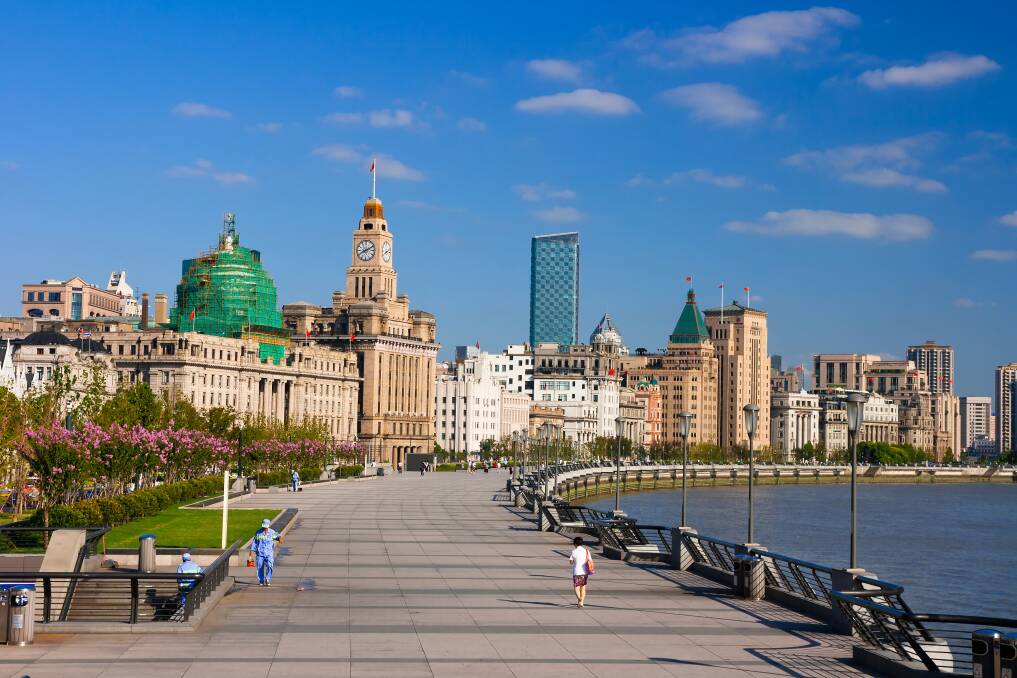
Shanghai is a city of contrasts - fast finance at the Shanghai Stock Exchange and the slow pace of morning Tai Chi; bright lights of dozens of skyscrapers and green shady parks; old colonial architecture and modern space age towers.
One place this is most evident is The Bund where the beauty and charm of yesteryear blends seamlessly with the splendour of modern life. It is also considered the city's best known tourist attraction.
The Bund is a waterfront promenade that showcases an elegant slice of colonial Shanghai.
Lined with buildings in 19th century architectural style, it is easy to imagine you're walking along a street in London or the Seine in Paris, but you are in fact on the western bank of the Hauangpu River.
These immaculately preserved buildings house luxury hotels, boutiques and gourmet restaurants, a permanent reminder of the rich culture and history of Shanghai.
See it from a Huangpu River cruise or walk the the 1.6 km pedestrian promenade along the bank. Be sure to take plenty of pictures of this most iconic of Shanghai addresses and it's futuristic friends in the distance - what a juxtaposition.
Modern masterpiece
Shanghai Tower - Shanghai

Is there a better way to get a feel for a city, what it is made up of and what lies beyond, then from high above it?
For my money, no.
Towering above the streets of Shanghai and all other skyscrapers in town, is the Shanghai Tower - the tallest building in China and third tallest in the world. It comes in at 128 stories and is a whopping 632 metres tall.
The main observation deck is located on the 118th floor which is reached quickly in elevators with a speeds upwards of 65 kilometres per hour.
There are 360-degree views to be had from this floor as you can walk around the circular walkway admiring the vistas from a variety of angles.
It also has some pretty impressive green credentials including its transparent spiralling two glass facades, an inner one and an outer one, providing a heat insulation layer like a big thermos flask.
Natural China
Zhangjiajie National Park

Many travellers when they imagine China don't think of the natural beauty of the place. But China has many natural awe-inspiring destinations, the ethereal beauty of Zhangjiajie National Park is just one example.
To put this place in mind, the spectacular, unique mountains in this park were the inspiration for the Hallelujah Mountains in the film Avatar. The real life mountains can appear, like their movie counterparts, untethered, when mist enshrouds the pinnacles, transforming the rocky columns into floating monoliths.
There are more than 3,000 towering quartzite sandstone pillars in the park, many over 200 metres high, covered in lush green foliage.
Below are ravines, gorges, streams, pools, lakes, rivers and waterfalls not to mention 40 caves and a natural bridge; Tianqiashengkong - bridge across the sky.
Manmade wonders also get a mention as the park is home to the longest glass bridge in the world built in 2015, and the world's tallest outdoor lift, Bailong 'Hundred Dragon' Elevator, built into the side of a 326-metre high cliff.
Located in the northwest corner of China's Hunan province, the Zhangjiajie National Park can be a little hard negotiate but guided tours are designed to aid the traveller taking the stress out of a memorable experience.
Off-the-beaten-path
Yangtze River Cruise

Cruise the Yangtze River in China for a taste of the natural beauty of the country, a feel for its dynamic history and an appreciation of its stunning modern achievements.
Called 'Changjiany' in Chinese which literally means 'the long river,' The Yangtze is the longest river in China and at around 6,300 kilometres, is the third longest in the world.
Stop at the ancient Ghost City of Fengdu. People believe spirits of the dead gather at this place giving it the mystique of life after death and ghosts.
The town is a large collection of temples, memorials and monasteries which provide the prefect background for photos.
Cruise through the breathtaking Three Gorges. At the Three Gorges Dam see modern China's ingenuity on display before taking in the impressive beauty of the Little Three Gorges.
Summary
Vast and fascinating, China is a country that will win over even the most jaded, been everywhere, done everything, hard to impress globe-trotter.
When you travel to China you are in for an unforgettable journey that will reveal the country's rich cultural heritage, cuisine, history and natural beauty. In discovering the beauty of China, it is worth noting the country acts as a gateway into Tibet, which offers further opportunity to discover other enchanting lands.
We hope this article has given you some knowledge and practical tips to make the most of your time in this enthralling land.
Whether you're a seasoned traveller or embarking on your first adventure, let the places and ideas here help you plan your journey through the wonders of China.
Or better yet, let your adventure be hassle-free with the help of travel experts who can book your China tour with ease.
Frequently asked questions
Q: Is China a safe country to travel in?
Yes, China is generally a safe country. However, it's always advisable to be aware of your surroundings. Keep in mind authorities have detained foreigners on the grounds of 'endangering national security'. So be sure to exercise a high degree of caution in China overall. You can find the latest travel and advisory information for Australian's travelling to China at Smart Traveller.
Q: What are the best times to visit China?
Spring (March to May) and autumn (September to November) are ideal for travelling to China, when temperatures are moderate and crowds are minimal. Summer (June to August) can be hot and humid, while winter (December to February) can be cold, especially in the north.
Q: What are the best ways to travel around China?
Plane and train are some of the best ways to travel around China. Due to the nation's vastness, plane is often needed to get from one place to another quickly. However, high speed trains are affordable and efficient and not to be dismissed. There are also options for sleeper carriages enabling you to travel overnight in relative comfort.
Arguably one of the other ways to best travel is with the help of an experienced tour operator who can take care of plans for you. Many operators nowadays offer packages encompassing various travel methods, and offer tours for individuals or groups that can be customised.
Q: Do you need a visa for China?
Australians do need a visa for China which must must obtained before boarding a flight there. An exception to this is if you have a layover and are travelling to another country or region through mainland China at open ports by plane, ship or train. In these cases you may stay up to 24 hours in China without a visa.
Q: What should I pack?
Because China is so vast you may encounter different temperatures and weather systems in one trip. Regardless of the time of year or where you are going, however, the essentials should include comfortable walking shoes or runners with a good grip, clothing in natural fabrics that can be layered, and a warm jacket in case it gets cold.


